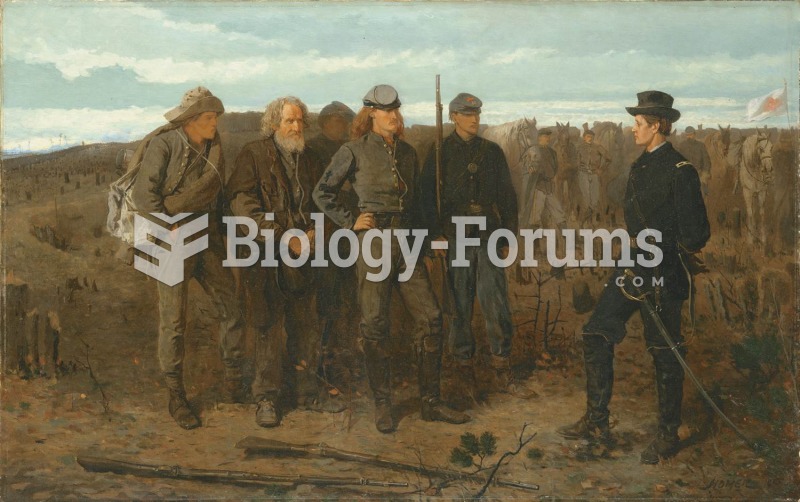|
|
|
Did you know?
The FDA recognizes 118 routes of administration.
Did you know?
On average, the stomach produces 2 L of hydrochloric acid per day.
Did you know?
Fungal nail infections account for up to 30% of all skin infections. They affect 5% of the general population—mostly people over the age of 70.
Did you know?
There are 20 feet of blood vessels in each square inch of human skin.
Did you know?
In women, pharmacodynamic differences include increased sensitivity to (and increased effectiveness of) beta-blockers, opioids, selective serotonin reuptake inhibitors, and typical antipsychotics.







